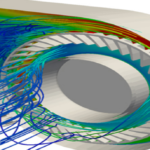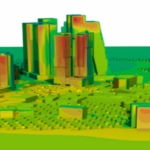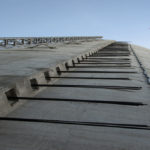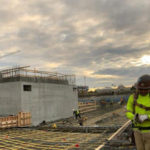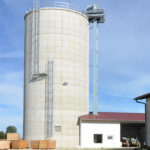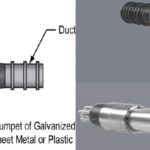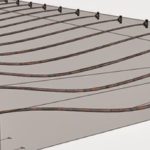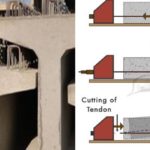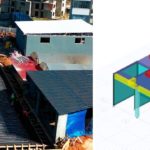Blog
History Of Post Tensioning

The application of post-tensioning led to a new development that was first used in the construction industry in 1933 by s Frenchman Eugene Freyssinet, for the Le Havre Marine Station project. Eugene Freyssinet patented the conical anchor technique because of his researches. High-strength steel wire service life to reach the friction of the tensile stress exposed in reinforced concrete structures.
After II. World War, Eugene Freyssinet has several kinds of research on the creep of concrete. In this way, He produced telegraph poles with pre-tensioning weights to piano wires radiating through the concrete pipe in order to solve dominant creep and shrinkage. It produced pre-tensioning and post-tensioning management with a tension strength of up to 70-80% of yield strength, using C30-40 concrete and strength steel between 1500-2500 MPa values with anchor element, which it was patented in 1939.
In 1949, the 48-meter-long post-tensioning reinforcement Magnel structure produced by the Walnut Lane Bridge project in Pennsylvania, USA, was applied using prefabricated beams.
In this way, post-tensioning became widespread with this project and became the leader in the world with many post-tensioning systems.

Let’s look at important projects completed in the history of post-tensioning and pre-stressing;
The Arroyo Seco Pedestrian Bridge (located in Pasadena, California), was built in 1950 with a pre-stressed bridge. Using a different technique, the Pre-stressing reinforcement was placed above and below the beam.
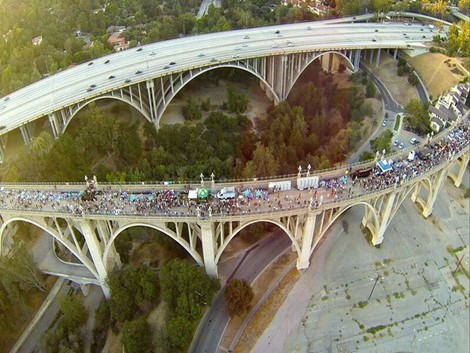
In 1951, Prestressed beams were used as a bridge in the Pennsylvania regions of the USA.
In 1954, The first railroad bridge was built in Burlington, USA.
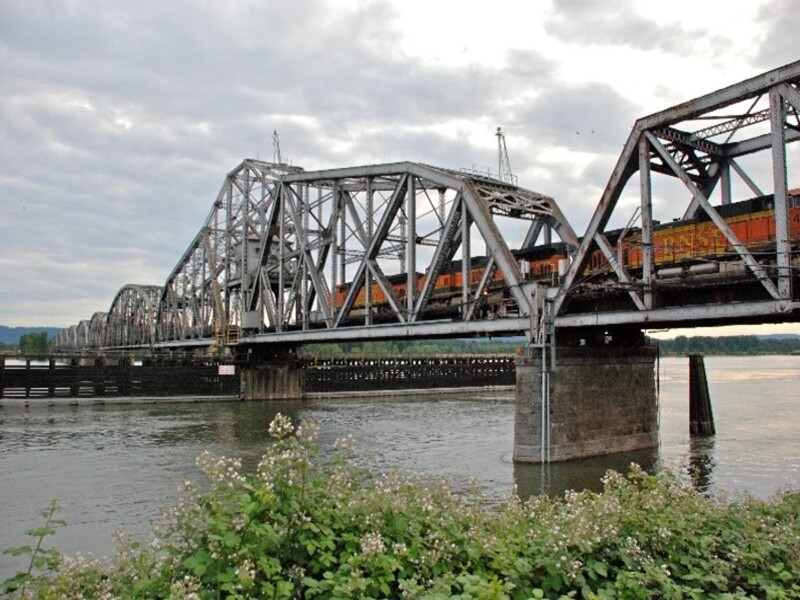
One of the projects that have an important place in benefiting from post-tensioning services in St. Louis, Missouri is the Gateway Arch. This building, which completed on October 28, 1965, was built with reinforced concrete and post-tensioned steel ropes. The outer cover of the Gateway Arch is made of 6.35 mm protectors in stainless steel.

In addition, there is 9.52 mm of structural steel in the inner layers to see its structure. Between these steel layers is concrete. Gateway Arch’s prefabricated and 3.7 m length dimensions were increased using 142 stainless steel parts. For this reason, each section is filled with concrete, and prestressing was performed with 252 tensioning units.
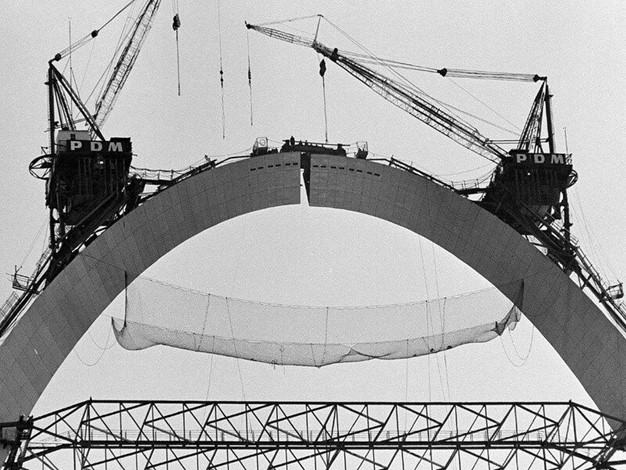
Two program studies were carried out between 1987-1989. A research operation was started under the name of NIST (National Institute of Standards and Technology) and PRESS (Precast Concrete Seismic Structural System) by developing joint designs and methods in the USA and Japan and constructing high pre-production structures against seismic effects.
In these programs, experiments were carried out according to post-tensioning applied column-beam joints, type, and different reinforcement placements in reinforced concrete buildings.
In addition, post-tensioning frames to prefabricated concrete panels were carried out on the shear wall arrangement.
Latest Blog
-
Reinforced Concrete Calculation Static Report
31 January 2024 -
Steel Calculation Static Report
31 January 2024 -
What Is CFD Analysis?
22 December 2023 -
What Are The Benefits Of CFD Analysis?
22 December 2023 -
Silo Reinforcement with Post-Tensioning Method
26 September 2023 -
Post Tensioning Method in Cantilever Slabs
4 September 2023 -
Post-Tensioning Application In Reinforced Concrete Silos
22 August 2023 -
Components Of Post Tensining
16 August 2023 -
What Are Pre-Stressing And Post-Tensioning?
11 August 2023 -
What is Prestressing?
8 August 2023 -
History Of Post Tensioning
8 July 2023 -
Post Tensioning Method In Foundations
14 June 2023 -
What Is Post Tension?
30 September 2022 -
Steel Static Projects
27 September 2021




